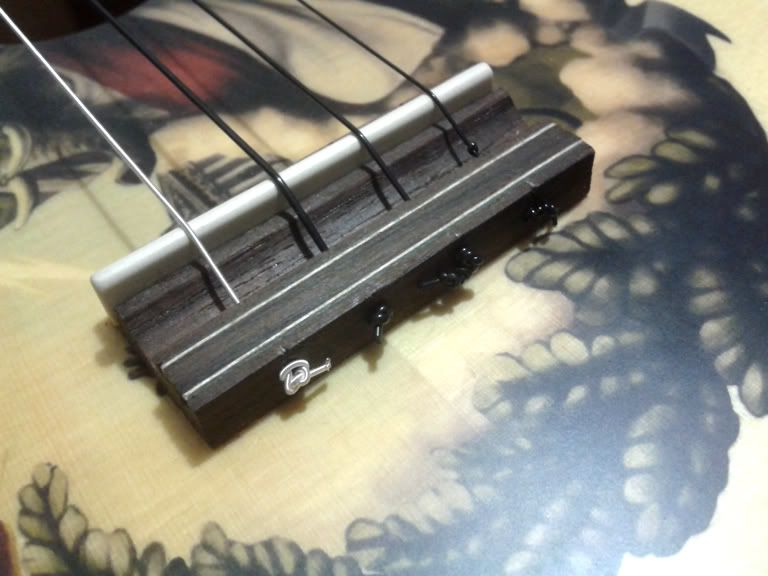kissing
Well-known member
- Joined
- Mar 30, 2009
- Messages
- 4,362
- Reaction score
- 592
Just wondering whether it makes any difference to the tone if I knot the ends of the strings to put it on a tie-bridge, rather than tying it up in loops like you're supposed to.
I had some spare strings lying around, which were a tad too short to tie into a loop.
So I just tied the end of the strings into knots, put them through the holes at the bridge, so it's a bit like a slot-bridge.
Seems to be working fine, but I was wondering whether I was losing out on any advantages of actually tying the string.

I had some spare strings lying around, which were a tad too short to tie into a loop.
So I just tied the end of the strings into knots, put them through the holes at the bridge, so it's a bit like a slot-bridge.
Seems to be working fine, but I was wondering whether I was losing out on any advantages of actually tying the string.

Last edited:


